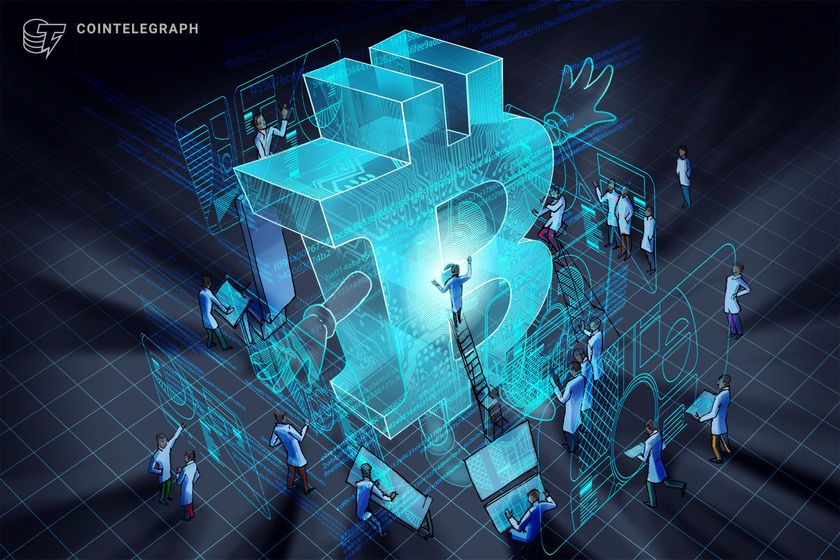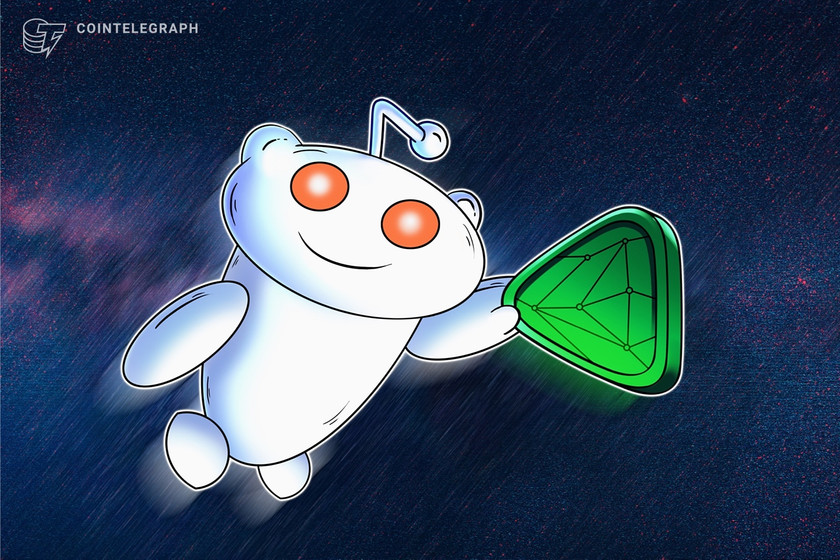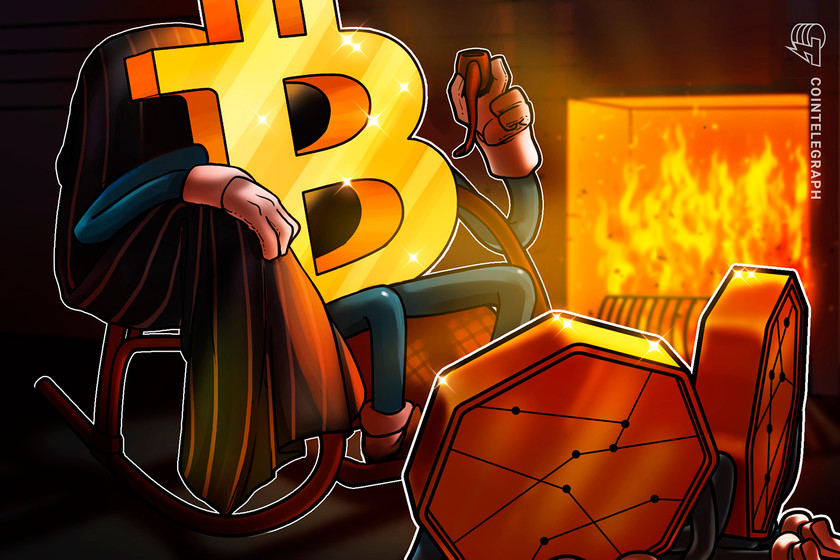Daily gas spent on EVM inscriptions surges to record high of $8M


Bitcoin is not the only network getting clogged up with Ordinals inscriptions, with weekend activity on EVM chains also spiking.
Network transaction fees across all blockchains have spiked over the weekend as the Ordinals inscriptions craze continues to push demand for blockspace — and not just on the Bitcoin network.
Inscriptions on Ethereum Virtual Machine (EVM) chains skyrocketed over the weekend, causing a spike in gas fees.
On Dec. 16, gas spent on inscriptions surged to a record high of $8.3 million, according to data from Dune Analytics.
























